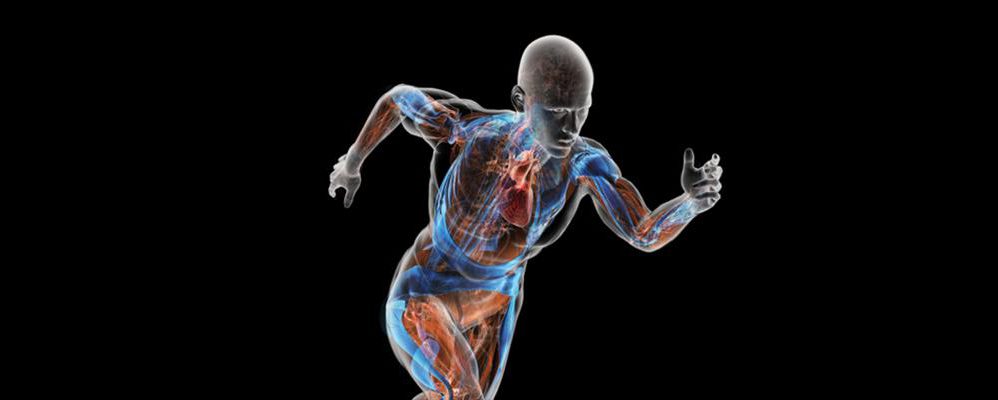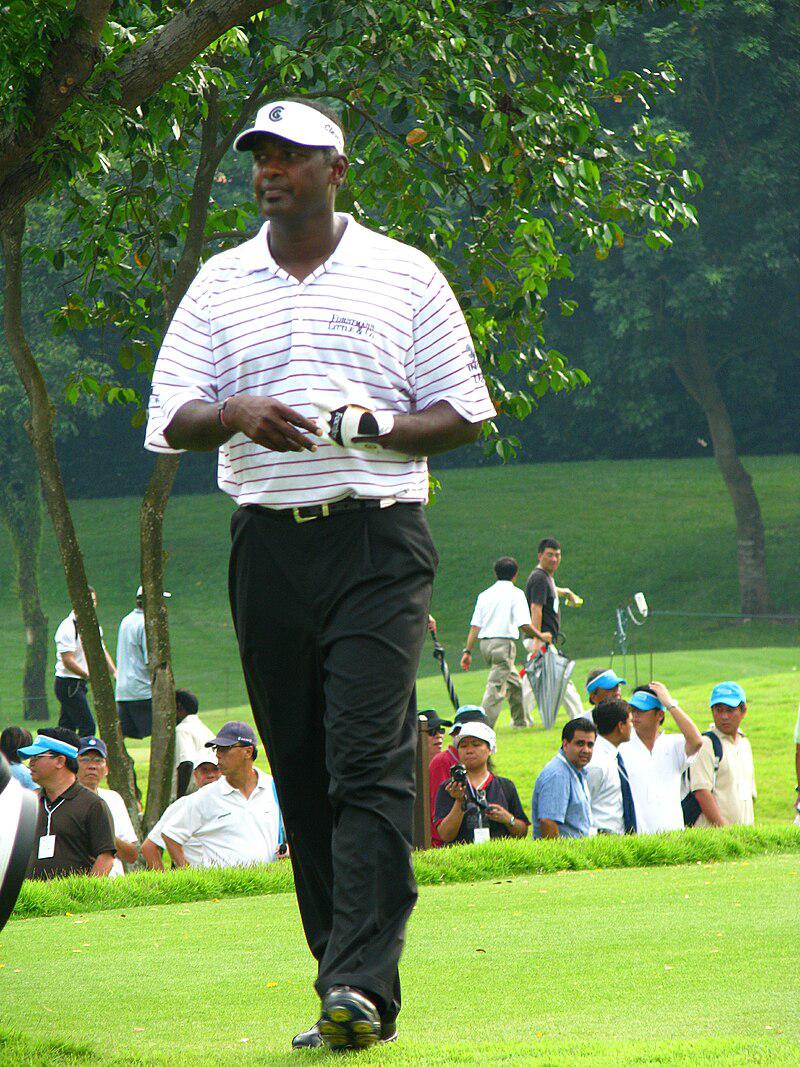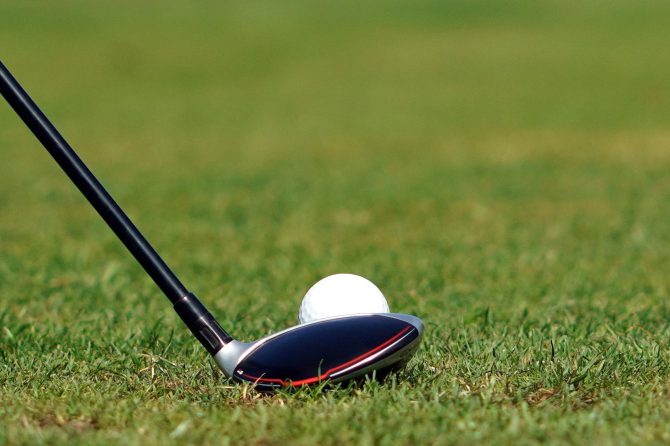Vijay Singh’s esteemed career in professional golf has cemented his status as a legend of the sport. His unwavering focus on technical proficiency and meticulous biomechanical analysis has served as the cornerstone of his remarkable success. This article seeks to delineate the intricacies of Singh’s approach to golf, providing in-depth insights into the technical aspects and biomechanical principles that have propelled him to golfing greatness. By examining his meticulous attention to detail, efficient swing mechanics, and innovative training methods, we aim to unravel the secrets behind his exceptional performance on the golf course.

Biomechanical Analysis of Vijay Singhs Swing
Biomechanical Analysis of Vijay Singh’s Swing
Vijay Singh’s golf swing can be broken down into a series of sequential movements involving several aspects of biomechanics, including balance, power generation and club head speed.
Lower body:
- His hips rotate and shift laterally together in the backswing, creating width and power in the downswing.
- His knees are flexed, providing stability and allowing for proper weight distribution.
- Singh maintains a solid base throughout the swing, optimizing balance and power transfer to the club.
Upper body:
- Singh’s backswing involves a controlled rotation of the chest and shoulders.
- His arms remain relatively straight, promoting a smooth transfer of power into the downswing.
- He keeps his head steady and focused on the target line throughout the swing, ensuring proper alignment and ball control.
Impact and follow-through:
- Hip rotation continues through impact, providing additional power and club head speed.
- His arms accelerate downwards and extend through impact, maximizing club head speed.
- Singh’s shoulders, chest and hips follow through in a balanced fashion, resulting in a consistent ball flight trajectory and distance control.
| Swing Parameter | Key Biomechanical Features |
|————————- |————————————————————————— |
| 1. Backswing | Lateral hip shift, chest rotation, controlled arm positions |
| 2. Downswing | Continued hip rotation, downward arm acceleration, shoulder rotation |
| 3. Impact | Complete hip rotation, full arm extension, stable head position |
| 4. Follow-through | Balance, shoulder, chest and hip rotation, consistent ball flight |
Technical Insights into Singhs Address and Setup
Vijay Singh’s golf swing is characterized by its precision and efficiency. His address and setup are crucial components of his swing, ensuring that he consistently achieves optimal ball contact.
Address:
Stance: Singh stands with his feet shoulder-width apart, knees slightly bent, and weight evenly distributed. His feet are平行于target line, and his toes are pointed slightly outward.
Grip: Singh uses an interlocking grip, with his left hand below his right and his fingers interlaced. His grip pressure is firm but relaxed, allowing for optimal clubhead control.
Setup:
Ball Position: Singh places the ball slightly ahead of the center of his stance. This position promotes a slightly upward angle of attack, resulting in a higher trajectory and increased distance.
Club Length: Singh adjusts the club length based on the distance to the target. This ensures that he can generate sufficient clubhead speed while maintaining control.
* Spine Angle: Singh maintains a neutral spine angle, with his shoulders aligned parallel to the target line. This posture optimizes body movement and power generation.
| Address and Setup Parameters | Vijay Singh’s Values |
|—|—|
| Stance Width | Shoulder-width apart |
| Foot Angle | Parallel to target line, toes slightly outward |
| Grip Type | Interlocking |
| Ball Position | Slightly ahead of center |
| Club Length | Adjusted based on target distance |
| Spine Angle | Neutral, parallel to target line |
The Role of Rotation in Singhs Backswing
The Role of Rotation in Singh’s Backswing
Rotation is a crucial component of Vijay Singh’s backswing. By rotating his body and shoulders back correctly, Singh generates power and accuracy in his golf swing. One of the key elements of his rotation is the “shoulder turn.” Singh rotates his shoulders back around 90 degrees during his backswing. This shoulder turn helps to create a solid foundation for the rest of the swing and allows him to generate power by using his large muscles.
In addition to the shoulder turn, Singh also rotates his body back around 45 degrees during his backswing. This body turn helps to create a coil in the swing, which further increases power. The combination of the shoulder turn and body turn allows Singh to create a powerful and efficient backswing.
Singh’s backswing rotation is a key part of his overall golf swing. By rotating his body and shoulders back correctly, he is able to generate power and accuracy. This is just one of the many technical insights that can be learned from studying Singh’s golf swing.
Key Features of Singhs Downswing and Impact
Key Features of Singh’s Downswing and Impact
Downswing Techniques.
- Vijay Singh executes a downswing that emphasizes a steep, inside-to-outside approach.
- He positions his right elbow close to his body, allowing for increased control and accuracy.
- Singh initiates the downswing with his lower body, ensuring a powerful and stable foundation.
Impact Mechanics.
- Vijay Singh strikes the ball with a slightly descending blow, creating optimal spin and distance.
- His hands lead the clubhead through impact, ensuring a consistent and powerful strike.
| Feature | Measurement |
|—|—|
| Clubhead Speed | 115 mph |
| Attack Angle | -4 degrees |
| Spin Rate | 6,500 rpm |
Ball Trajectory.
- Singh’s downswing and impact techniques produce a low, penetrating ball flight.
- This trajectory allows for increased distance and reduced wind resistance.
- The controlled spin on the ball contributes to accuracy and stability.
Conclusion
Vijay Singh’s approach to golf exemplifies the intricate interplay of technical proficiency and biomechanical efficiency. His precise ball striking, meticulous swing mechanics, and innovative training methods have propelled him to the pinnacle of the sport. Through a detailed analysis of his swing and a comprehensive understanding of biomechanics, this article has provided valuable insights into the technicalities that underpin Singh’s golfing prowess. The lessons derived from his approach can serve as a guide for aspiring golfers seeking to optimize their own swing and enhance their performance on the course.





